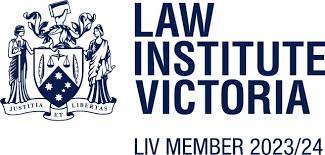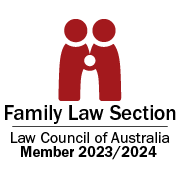Many individuals and their families are now contemplating a move into a Retirement Village. This may be for a variety of reasons ranging from ongoing care needs, lifestyle choices or being closer to their broader family in case of an emergency. However, there are many Villages out there with a wide range of legal documents and structures in use. Hence, it is important for you to understand how your Village operates prior to making that important move.
 How are Retirement Villages commonly structured?
How are Retirement Villages commonly structured?
Commonly, when you become a resident of a Retirement Village, you will be entering into Contracts which fall into one of the following categories:
- You purchase the Unit within the Village, becoming the registered proprietor (owner) on Title.
- You enter into a long term lease/loan arrangement with the Village Owner whereby you are not the registered owner of the Unit that you will be residing in.
- You enter a share purchase arrangement whereby you buy shares in the Village which enables you to reside as a resident.
Importantly, there are some sites across Victoria that are now implementing a newer structure in an attempt to circumvent the Retirement Villages Act 1986 (Vic) and its in-built protections for Residents. Instead, some companies structure themselves as “Independent Lifestyle Units” which may not technically be a Retirement Village. Instead, their compliance falls under the Residential Tenancies Act 1997 (Vic). These structures are very different to Retirement Villages and arguably do not provide the same level of safeguards for residents. Hence, it is important for you and your families to understand the difference prior to signing any documents.
Similarities between the Retirement Village Structures
Despite the different types of ownership structures, it is common for all Villages to provide incoming residents with the following documents for their review:
- A proposed Residence and Management Contract for the Unit;
- A Disclosure Statement- This contains fundamental information for residents such as fees, services provided and payout estimates; and
- A Factsheet- This contains broader information about the Village such as its age, corporate structure etc.
It is highly recommended that given the complexity of these documents, they are reviewed prior to signing.
Differences between Retirement Village Structures
The primary difference between the various Village structures is that concerning ownership rights of the Unit. Some of the common key differences include:
- Stamp Duty may be payable on the Purchase of the Unit
- Government Transfer Fees will be payable on the Purchase of the Unit
- There will be separate Contract of Sale and Vendor’s Statement when purchasing the Unit (as this then becomes like a usual sale/purchase of property)
- You are not recorded on Title under the Lease arrangement
- As you do not have ownership rights, the Village Owner may have more rights concerning Common Property at the Village
There are other differences that may be unique to each Village (ie: loan agreements, owners corporation membership and residents’ committees). It is important you understand how these may operate prior to signing any final documents.
Common conditions to be aware of in Retirement Village Contracts
Retirement Village Owners and Managers must carefully ensure that their master contracts comply with the Retirement Villages (Contractual Regulations) 2017 (Vic). These Regulations contain a list of prescribed terms that must be/must not be included in master contracts. Importantly, there are several potentially onerous conditions on incoming residents that they must be aware of prior to signing (noting this will vary from Village to Village). Commonly, these include but are not limited to:
- A large deferred management fee that may be payable at the end of your occupation or ownership of the unit at the Village. This can cost you a large percentage of your overall ingoing bond
- Large establishment fees that are non-refundable and payable at the commencement of the Contract.
- Conditions that severely restrict the Residents’ right concerning their Unit (ie: limitations on guests, ownership of pets, smoking, rights to redecorate etc).
- Long timeframes for the Owner to repay the ingoing bond or re-sell your unit if no buyer can be found (ie: the Owner commonly does not have to repay your ingoing payments immediately upon your exit from the Village).
Despite these broad categories being prescribed under the Regulations, their implementation from Village to Village does greatly differ.
Conditions that are commonly negotiated
In addition to the standard Contracts, residents may be able to negotiate for additional clauses to be included prior to signing. This may include:
- Making the Contract conditional upon the sale of their current property;
- Upgrades works that the Owner has to complete at the Unit; and
- Moving costs being paid for by the Village.
These conditions can be discussed during the review of the provided documentation.
If you are considering making a move into a Retirement Village, this may bring a great change in lifestyle for you and your family. We can help you navigate the complexities of the Retirement Village documents to ensure that you are aware of your rights and obligations prior to signing. If you would like our assistance, please do not hesitate to contact us on (03) 8658 0040 or by email to office@johnstonereimer.com.au.


